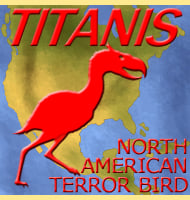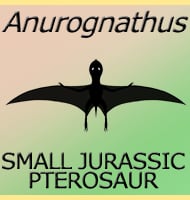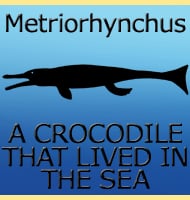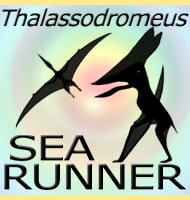In Depth
Initially thought to be a juvenile Megaraptor, Unenlagia was found to not only be a separate species but one that would challenge the notions for the origins of flight. Unenlagia fits into the Unenlagiinae group, which is also considered by some to be the rightful home of the dromaeosaur Rahonavis. If correct, that would mean that Unenlagia either lost the ability of flight after evolving from flying ancestors, or that Rahonavis had evolved flight from others independent from the accepted Archaeopteryx lineage.
Unenlagia is considered to be too large for flight itself, and the wings while having a high degree of motion, are thought to not being able to being raised above the spine. One consideration is that the wings were held out and used as stabilisers while chasing prey.
Further Reading
– New evidence concerning avian origins from the Late Cretaceous of Patagonia. – Nature 387:390-392. – F. E. Novas & P. F. Puerta – 1997. – The earliest dromaeosaurid theropod from South America. – Nature 437 (7061): 1007–1011. – P J. Makovicky, S. Apestegu�a & F. L Agnolin – 2005. – Unenlagiinae revisited: dromaeosaurid theropods from South America. – Anais de Academia Brasileira de Ciencias 83(1): 163-195. – F.A. Gianechini & Sebastian Apesteguia – 2011. – Unenlagiid theropods: are they members of the Dromaeosauridae (Theropoda, Maniraptora)? – Anais de Academia Brasileira de Ci�ncias 83 (1): 117–162. – F. L. Agnolin & F. E. Novas – 2011.









